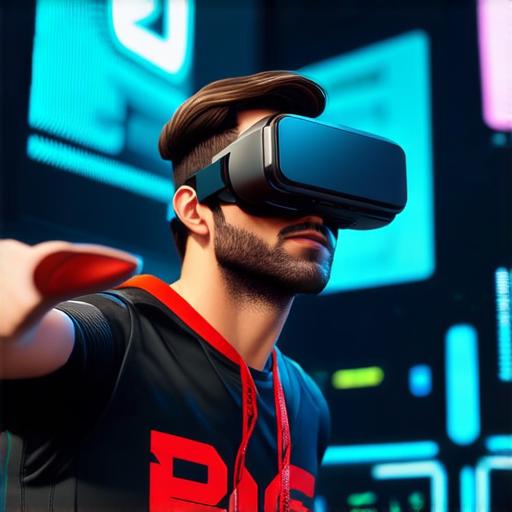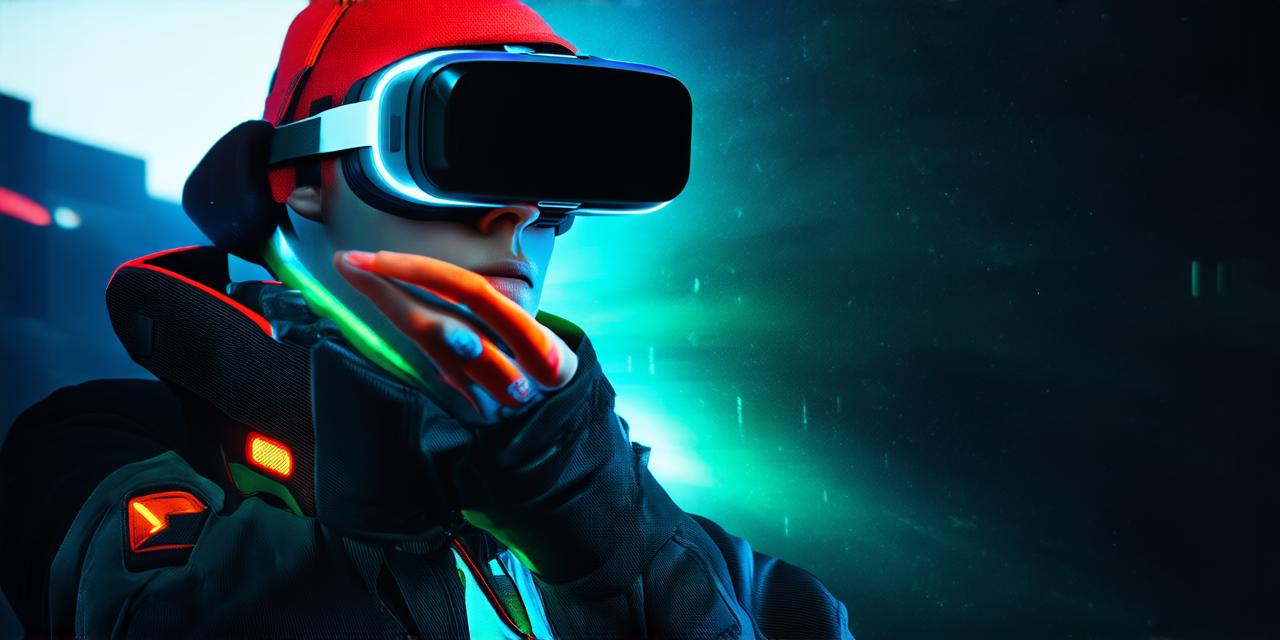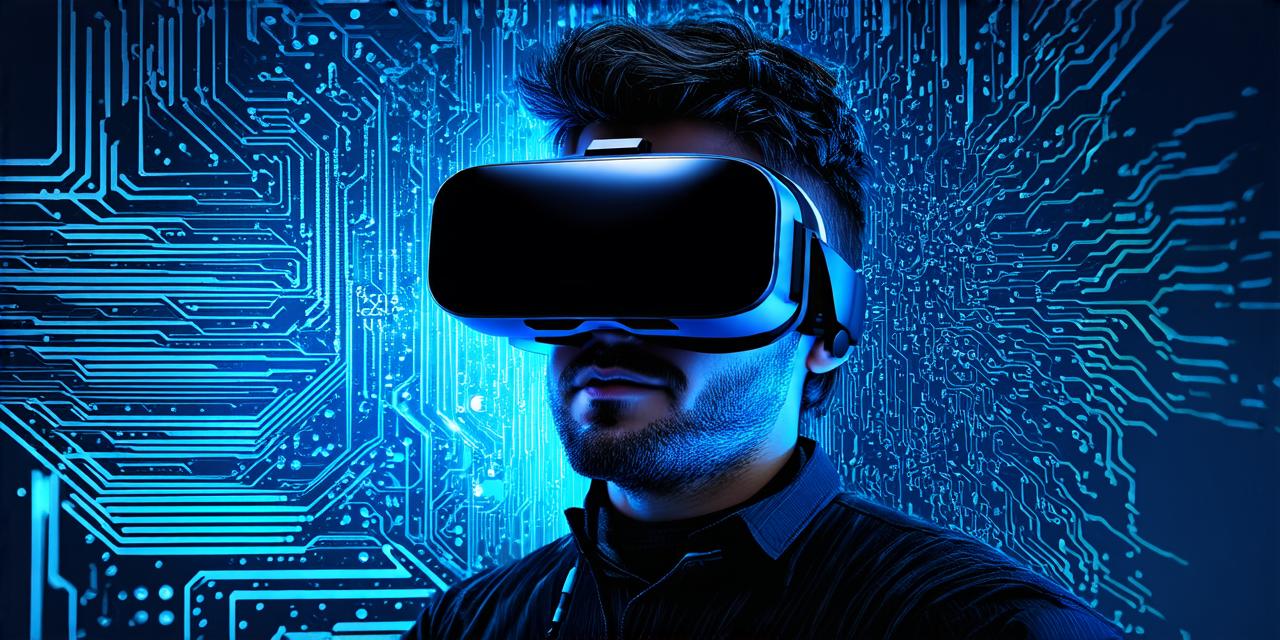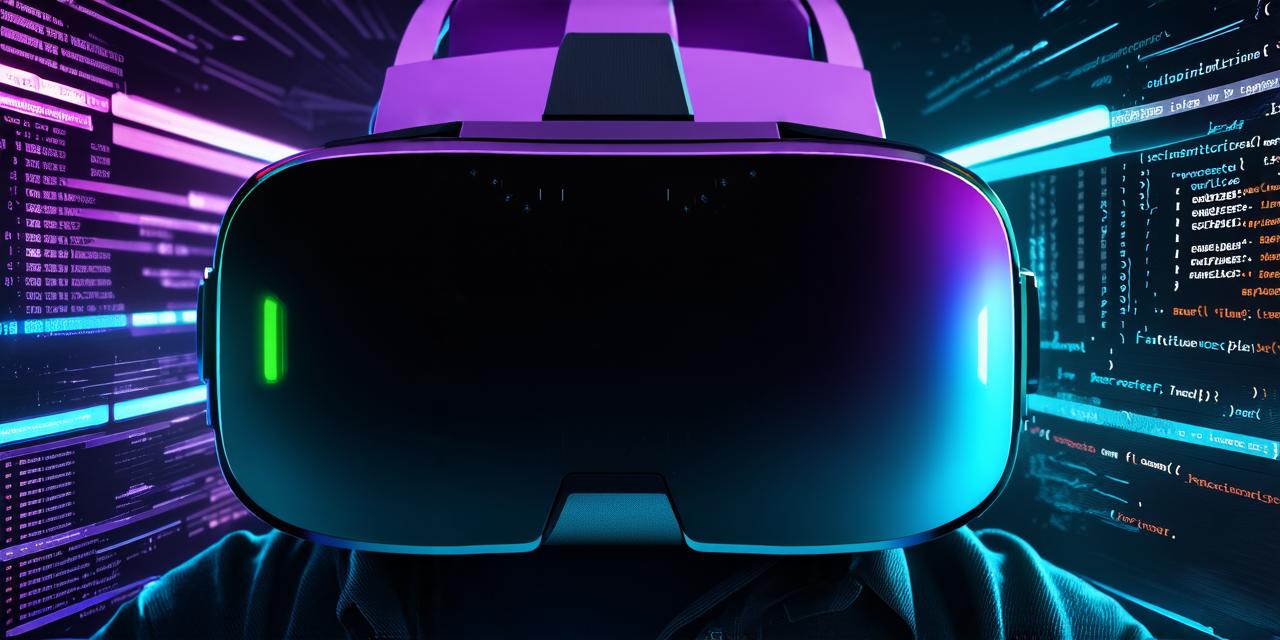VR Game Engines: Unity, Unreal Engine, A-Frame, and More
Unity: The Swiss Army Knife of Game Engines
Unity, a household name in game development, has made significant strides in the VR realm. With its user-friendly interface and robust features, it’s no wonder that Unity powers over 50% of all VR games.
“Unity is like a Swiss Army Knife; it has everything you need for VR development.”
Unreal Engine: The Powerhouse
Unreal Engine, Epic Games’ brainchild, is renowned for its photorealistic graphics and powerful physics engine. It’s the go-to choice for AAA game developers and has been used in blockbuster VR titles like “The Walking Dead: Saints & Sinners” and “Half-Life: Alyx.”
“Unreal Engine offers a level of realism that is unparalleled in the VR space.”
A-Frame: The WebVR Front-Runner
This open-source framework allows developers to create VR experiences directly on the web, making it accessible and easy to share.
“A-Frame is a game changer for web-based VR; it’s democratizing VR development.”
Comparing the Contenders
While each engine has its strengths, the choice depends on your specific needs. Unity offers ease of use and versatility, while Unreal Engine delivers unmatched realism. A-Frame, on the other hand, is ideal for web-based projects and those seeking a more accessible development environment.
The Future of VR Game Engines
As VR continues to evolve, so too will these engines. Expect to see advancements in performance, realism, and accessibility as developers push the boundaries of what’s possible in virtual reality.
FAQs
Q: Which engine is best for VR development?
The best engine depends on your specific needs. Unity offers ease of use and versatility, while Unreal Engine delivers unmatched realism. A-Frame is ideal for web-based projects.
Q: Are there any free VR game engines?

Yes, both Unity and A-Frame offer free versions with limited features. Unreal Engine offers a free version but imposes royalties on revenue generated from games made using it.
In Conclusion
The world of VR game engines is exciting and ever-evolving. Whether you’re a seasoned developer or just starting out, these powerful tools offer endless possibilities for creating immersive virtual reality experiences.


